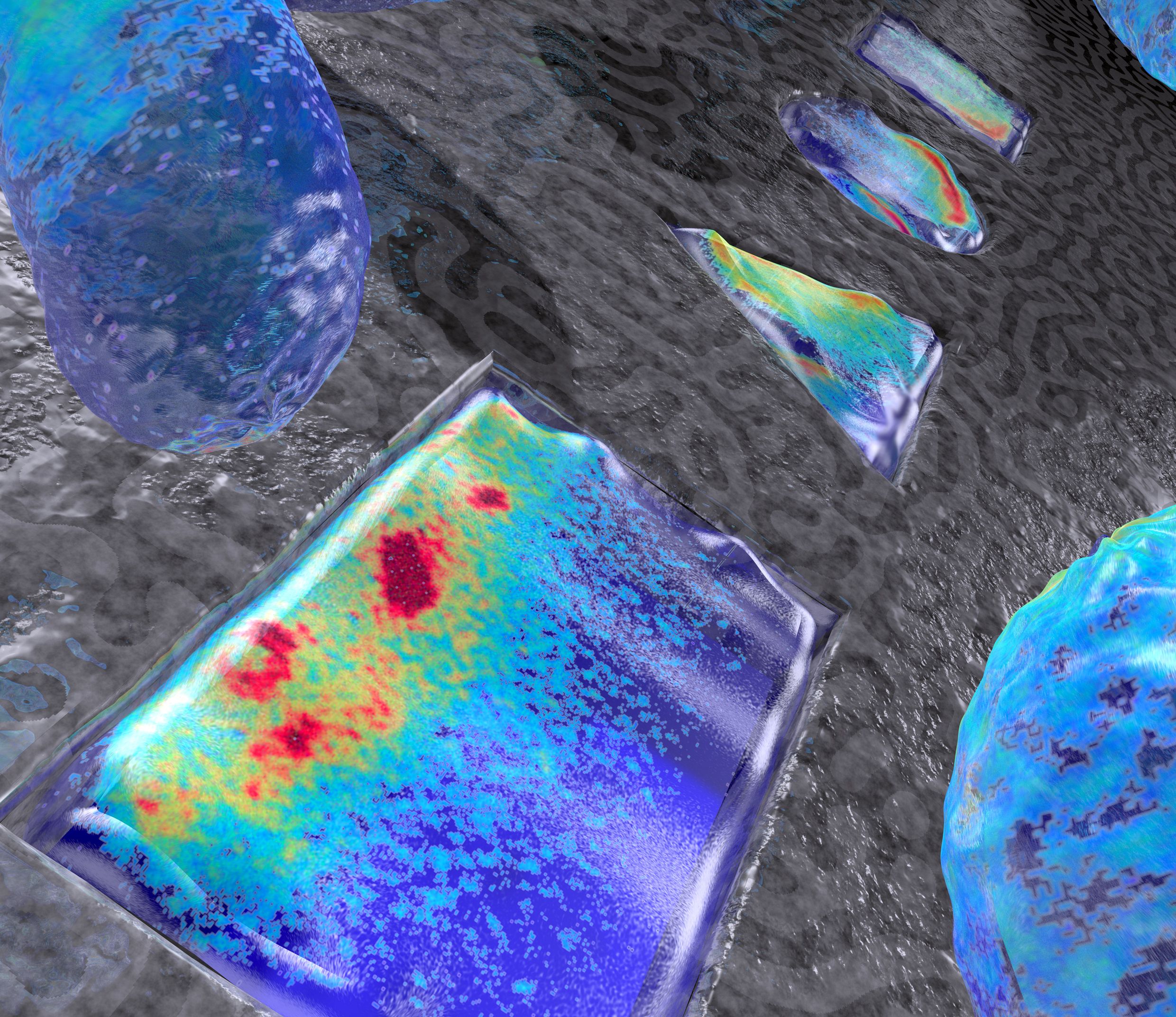Bacteria always divide through the middle. How do they figure out where that is? Cees Dekker’s team revealed the solution in Nature Nanotechnology.
Natural E.coli bacteria, abundantly present in our guts, are rod-shaped and about 3 micrometres long. When they divide, they do so by splitting exactly in the middle. It turns out bacteria can also find their equator when they are T-shaped or U-shaped. Researchers in Cees Dekker’s lab have revealed how this flexible mechanism works by tracing key proteins.
“It’s fascinating that a unicellular organism knows exactly where to divide”, said nanobiologist Professor Cees Dekker (Kavli Institute of Nanoscience Delft at the TU Delft faculty of Applied Sciences). “We know that the distribution of certain proteins within the cell is the key, but the big question was: how do these proteins know how to spread correctly within the cell?”
Splitting at the right place is an essential quality for living cells. When dividing, cells must distribute their volume and their genetic material evenly over the two daughter cells.
In their publication in Nature Nanotechnology Dekker and his team describe how two related types of proteins enable the cell to determine its equator – the place where division should occur. The proteins attach at the cell poles dynamically: They are at one pole, then disassemble and all move in about half a minute to the other pole where they form a new cap. And then half a minute later back again to the original pole. And so forth.
This oscillation of proteins through the cell results in a low average concentration at centre of the cell. Since these proteins inhibit cell division, cell division will occur at the place where the concentration is least. In other words, in the middle of the cell.



Comments are closed.